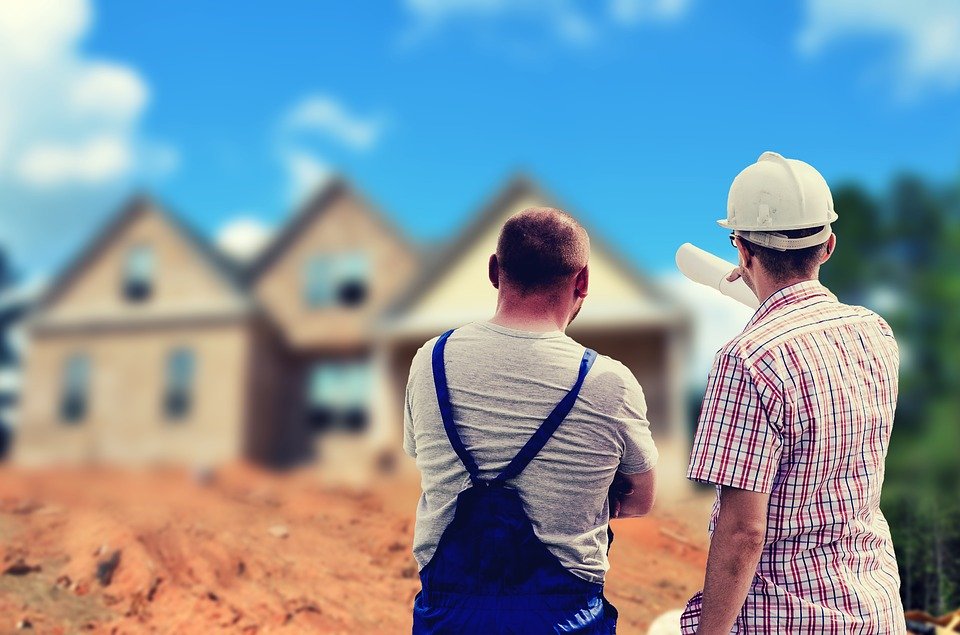The first thing to understand about mold is that there is a little mold everywhere–indoors and outdoors. It’s in the air and can be found on plants, foods, dry leaves, and other organic materials.
It’s very common to find mold in homes and buildings. After all, mold grows naturally indoors. And mold spores enter the home through doorways, windows, and heating and air conditioning systems. Spores also enter the home on animals, clothing, shoes, bags and people.
When mold spores drop where there is excessive moisture in your home, they will grow. Common problem sites include humidifiers, leaky roofs and pipes, overflowing sinks, bath tubs and plant pots, steam from cooking, wet clothes drying indoors, dryers exhausting indoors, or where there has been flooding.
Many of the building materials for homes provide suitable nutrients for mold, helping it to grow. Such materials include paper and paper products, cardboard, ceiling tiles, wood and wood products, dust, paints, wallpaper, insulation materials, drywall, carpet, fabric, and upholstery.
The importance of mold in the real estate market today
Much has been made of indoor mold in advertising and the media lately, so it’s a common concern for homeowners and buyers. It’s common to find mold even in new homes. Whether you’re selling your current home or looking into buying one, it’s vital to get a mold inspection. Presence of active mold can drastically affect the resale value of any home.
For homeowners, a mold inspection will either put your mind at rest or make you aware of any problems that could otherwise cause delays or deal breakers once you’ve entered negotiations with a buyer. A professional mold inspection will give you a signed report from an expert before you put the home up for sale. Imagine being able to show a “clean bill of health” to potential buyers that express concerns–they’ll be impressed by your thoroughness and commitment to your home.
For buyers, getting a mold inspection will ensure that you’re not surprised by costly clean up and the potential health hazards of mold. If any mold is found to be present and active in the home, the mold inspection will allow you to ask the seller to do the clean up prior to buying the home.
Exposure to mold
Everyone is exposed to some amount of mold on a daily basis, most without any apparent reaction. Generally mold spores can cause problems when they are present in large numbers and a person inhales large quantities of them. This occurs primarily when there is active mold growth.
For some people, a small exposure to mold spores can trigger an asthma attack or lead to other health problems. For others, symptoms may only occur when exposure levels are much higher.
The health effects of mold can vary. The production of allergens or irritants can cause mild allergic reactions and asthma attacks. The production of potentially toxic mycotoxins can cause more severe reactions, and in rare cases death.
Should I be concerned about mold in my home?
Yes. If indoor mold is extensive, those in your home can be exposed to very high and persistent airborne mold spores. It is possible to become sensitized to these mold spores and develop allergies or other health concerns, even if one is not normally sensitive to mold.
Left unchecked, mold growth can cause structural damage to your home as well as permanent damage to furnishings and carpet.
According to the Centers for Disease Control*, “It is not necessary, however, to determine what type of mold you may have. All molds should be treated the same with respect to potential health risks and removal.”
Can my home be tested for mold?
Yes. We offer thorough mold inspections that involve visual examinations of the most likely areas to harbor mold. We also take air samples indoors and out to determine whether the number of spores inside your home is significantly higher. If the indoor level is higher, it could mean that mold is growing inside your home.
How do I remove mold from my home?
First address the source of moisture that is allowing the mold to grow. Then take steps to clean up the contamination. Here are helpful links to lean more about cleaning up mold in your home.






 There are cracks in the foundation. Nothing structural. Nothing thats going to threaten the stability of the home, but it’s there. Nooks, crannies and holes through which seeps an invisible threat. Colorless, odorless and undetectable by your average human, it is nevertheless the second leading cause of lung cancer in the United States.
There are cracks in the foundation. Nothing structural. Nothing thats going to threaten the stability of the home, but it’s there. Nooks, crannies and holes through which seeps an invisible threat. Colorless, odorless and undetectable by your average human, it is nevertheless the second leading cause of lung cancer in the United States.



 Asbestos is a tiny fiber that was used in the past primarily as insulation. It was also added to some building materials to provide added strength and flame resistance. The problem with asbestos is that it has been shown to cause lung cancer and mesothelioma in individuals that were exposed to large amounts of free-floating asbestos fibers in the air. These conditions typically did not become apparent until around 30 years after the exposure.Because of the health hazards of asbestos fibers, its use in insulation and paint was banned in the 1970’s.
Asbestos is a tiny fiber that was used in the past primarily as insulation. It was also added to some building materials to provide added strength and flame resistance. The problem with asbestos is that it has been shown to cause lung cancer and mesothelioma in individuals that were exposed to large amounts of free-floating asbestos fibers in the air. These conditions typically did not become apparent until around 30 years after the exposure.Because of the health hazards of asbestos fibers, its use in insulation and paint was banned in the 1970’s. 